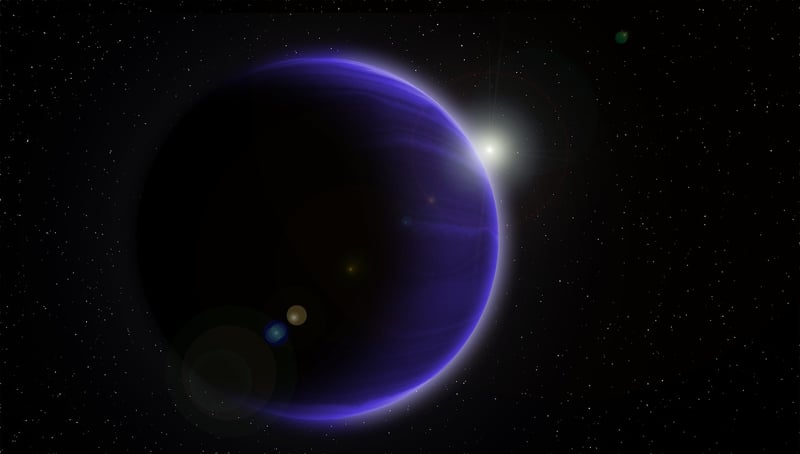Origin of Life
The Search for Extraterrestrial Life and the Origin of Life
Are we alone in the universe? This question has intrigued humanity for centuries. Scientists, researchers, and enthusiasts have been exploring the vast cosmos in search of answers. The study of life in the universe and the origin of life on Earth are two interconnected fields that shed light on our place in the universe.
Exploring the Universe for Signs of Life
The search for extraterrestrial life involves various disciplines such as astronomy, astrobiology, and planetary science. Scientists use telescopes to observe distant planets, moons, and other celestial bodies for potential signs of life. The discovery of exoplanets (planets outside our solar system) has opened up new possibilities for finding habitable environments.
One key aspect of the search is identifying biosignatures – indicators that suggest the presence of life. These could include the detection of water, organic molecules, or even unusual patterns in atmospheric gases. Recent advancements in technology have allowed researchers to analyze these signatures with greater precision.
The Drake Equation and SETI
The Drake Equation, formulated by astronomer Frank Drake, estimates the number of active, communicative extraterrestrial civilizations in our galaxy. While the exact values of the variables in the equation are still debated, it serves as a framework for discussing the likelihood of finding intelligent life elsewhere.
The Search for Extraterrestrial Intelligence (SETI) is another important initiative that scans the skies for artificial signals that could indicate the presence of intelligent civilizations. Although no definitive proof has been found so far, ongoing research continues to expand our understanding of the universe.
The Origin of Life on Earth
While the search for life beyond Earth continues, scientists also investigate the origin of life on our own planet. The field of abiogenesis explores how life could have emerged from non-living matter billions of years ago. One prominent hypothesis suggests that simple organic molecules gradually evolved into more complex structures, eventually leading to the first living organisms.
Studying extremophiles – organisms that thrive in extreme environments such as deep-sea vents or acidic lakes – provides valuable insights into the conditions that early life forms may have faced. These resilient organisms offer clues about the adaptability of life and its potential to exist in diverse habitats.
The Miller-Urey Experiment and RNA World Hypothesis
The famous Miller-Urey experiment demonstrated that amino acids, the building blocks of proteins, could be produced under conditions similar to early Earth. This experiment supported the idea that the basic components of life could have arisen spontaneously on our planet.
Another intriguing theory, the RNA World hypothesis, proposes that RNA (ribonucleic acid) played a crucial role in the origin of life. RNA, which can store genetic information and catalyze chemical reactions, is considered a potential precursor to DNA, the molecule central to all life on Earth.
Conclusion
The study of life in the universe and the origin of life on Earth are fascinating areas of research that offer profound insights into our existence and the vastness of the cosmos. As scientists continue to explore new frontiers and technologies, the quest to unravel the mysteries of life – both here and beyond – remains an enduring and captivating endeavor.


For more information on this topic, you can visit NASA's Universe Exploration page.
